Let's learn about photography #01
Introduction.
First off all: Thanks for checking out my series “Let’s learn about photography”. I always tell myself that the only shared knowledge is meaningful knowledge. Beforehand: You probably won’t find a perfect guide for starting photography dedicated only to novices on my blog. I am rather going to use these episodes to talk about some short but important side topics. I hope and think that they are just as valuable for beginners as they are for little bit more advanced photographers. Let’s share some knowledge!
Focal length.
It is measured in millimetres and defines the field of view you are getting. A low number means that it is a wide-angle lens, a high number means that it is a telephoto lens. That’s basically it, right?
There is so much behind it. But let us start with an example. In the GIF you see below, I (well actually my roommate) took a series of portrait photos of me. During this process we changed the focal length after each shot. To get the same perspective we shortened the distances.
I hope you get the idea that there is more to talk about than field of view. I will keep it simple, no math or physical laws of optics. You can basically break it down to:
• Distances shrink optically with a higher focal length. The photo looks compressed.
• Distances increase optically with a shorter focal length.
If anybody wants more detailed background of this phenomenon just leave a comment. I am normally a big fan of explaining the physical background, but a lot of people are not interested in that (I can understand that). So, hit me up in the comments section for some geek conversation.
Creative examples.
This attribute can be used in a creative way. For example: You want to exaggerate the length of a road you can take a picture with a wide-angle lens to make it feel kind of endlessly.
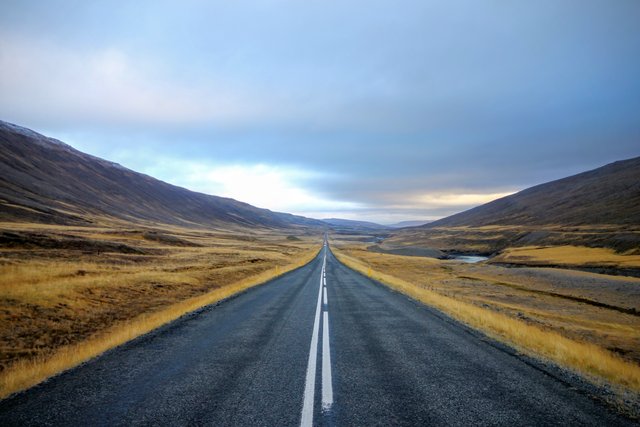
A creative example for the compressed look would be to connect two subjects in a frame even though they are not standing next to each other. Like when you try to take that cliché photo of somebody pushing the Leaning Tower of Pisa. Using a long focal length will get you a more convincing result.
That’s the whole hocus-pocus. Your eyes are about 10cm away from your ears. That doesn’t seem much, but when you use a wide-angle lens closeup this difference is already so much that the eyes are relatively displayed a lot bigger than your ears.
Before you check out all the different pictures I quickly need to explain one more thing. All my photos were taken with a Sony Alpha 6300. This camera has an APS-C Sensor and therefore you need to multiply the crop factor to the focal length. I am going to explain the crop factor very detailed in one of my future posts but for the moment all you need to know is that the crop factor is necessary to compare focal lengths on different sensor sizes. So the more important focal length value is actually between the ( ) before the “@35mm Sensor” text). I hope you are not confused at this point. Just leave a comment if you are. For comparison: The new iPhone X has got an 24mm (@ 35mm-sensor) wide-angle lens and a 56mm (@ 35mm-Sensor) lens. This is also the reason why portraits taken with the “portrait lens” (that’s what they call it) look so more pleasing to the eye.
Let’ check out the pictures. No, you may not comment on how wasted I look in the pictures.
100mm - (actually 150mm @ 35mm Sensor) – Distance of 330cm
| Picture | Information |
|---|---|
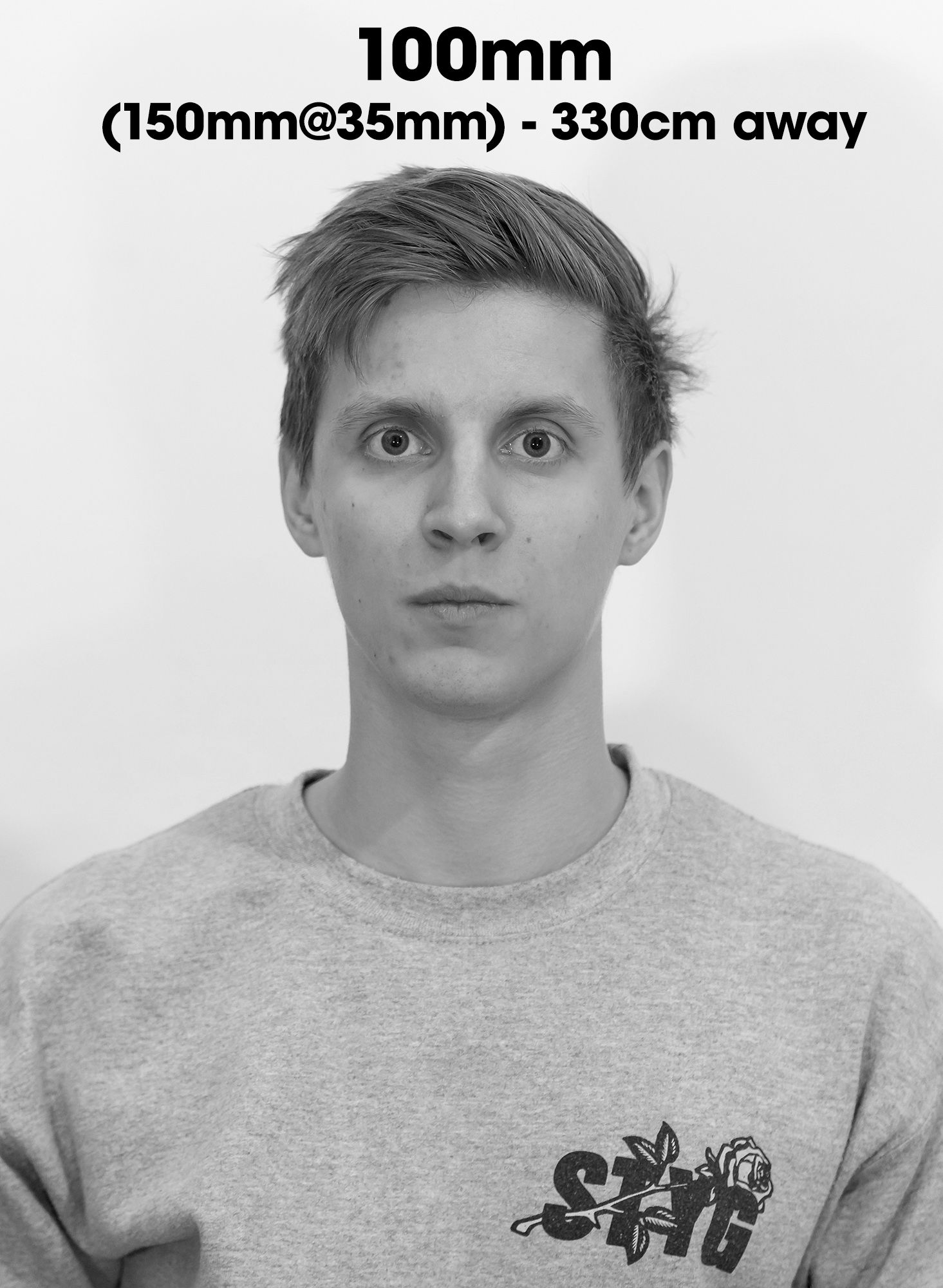 | Using at Sigma 50 - 100mm lens @100mm with a Sony Alpha 6300. |
This is basically what you need for a portrait. Some people would argue that the perfect focal length would be around 200mm, but the difference is becoming quite small at this point. On the other hand, the working distance between the photographer and the models is becoming quite large if you use 200mm or even longer lenses. That’s the reason why I used 100mm (150mm@35mm Sensor) as the longest one, because my apartment does not offer me anymore space.
75mm - (actually 112,5mm @ 35mm Sensor) – Distance of 270cm
| Picture | Information |
|---|---|
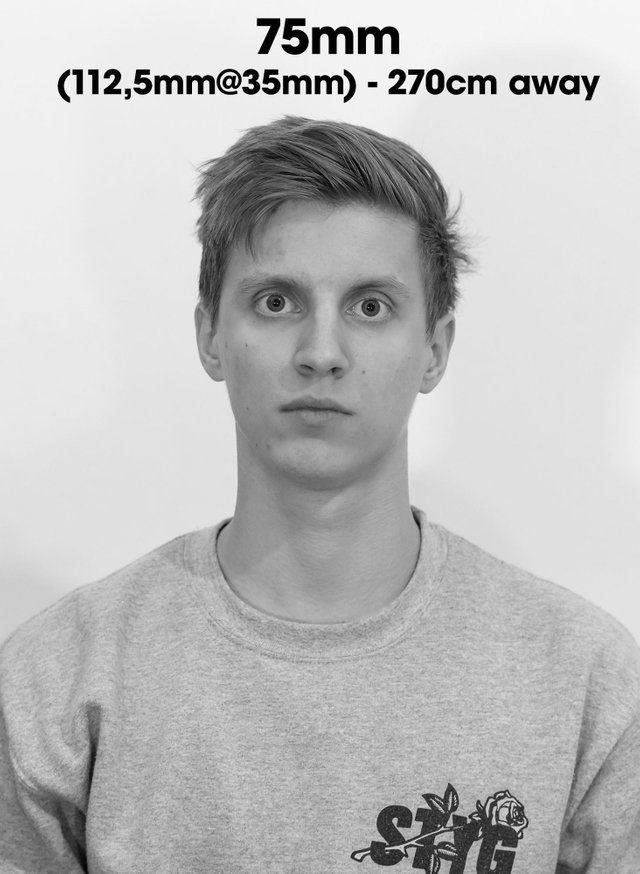 | Using at Sigma 50 - 100mm lens @75mm with a Sony Alpha 6300. |
50mm - (actually 75mm @ 35mm Sensor) – Distance of 160cm
| Picture | Information |
|---|---|
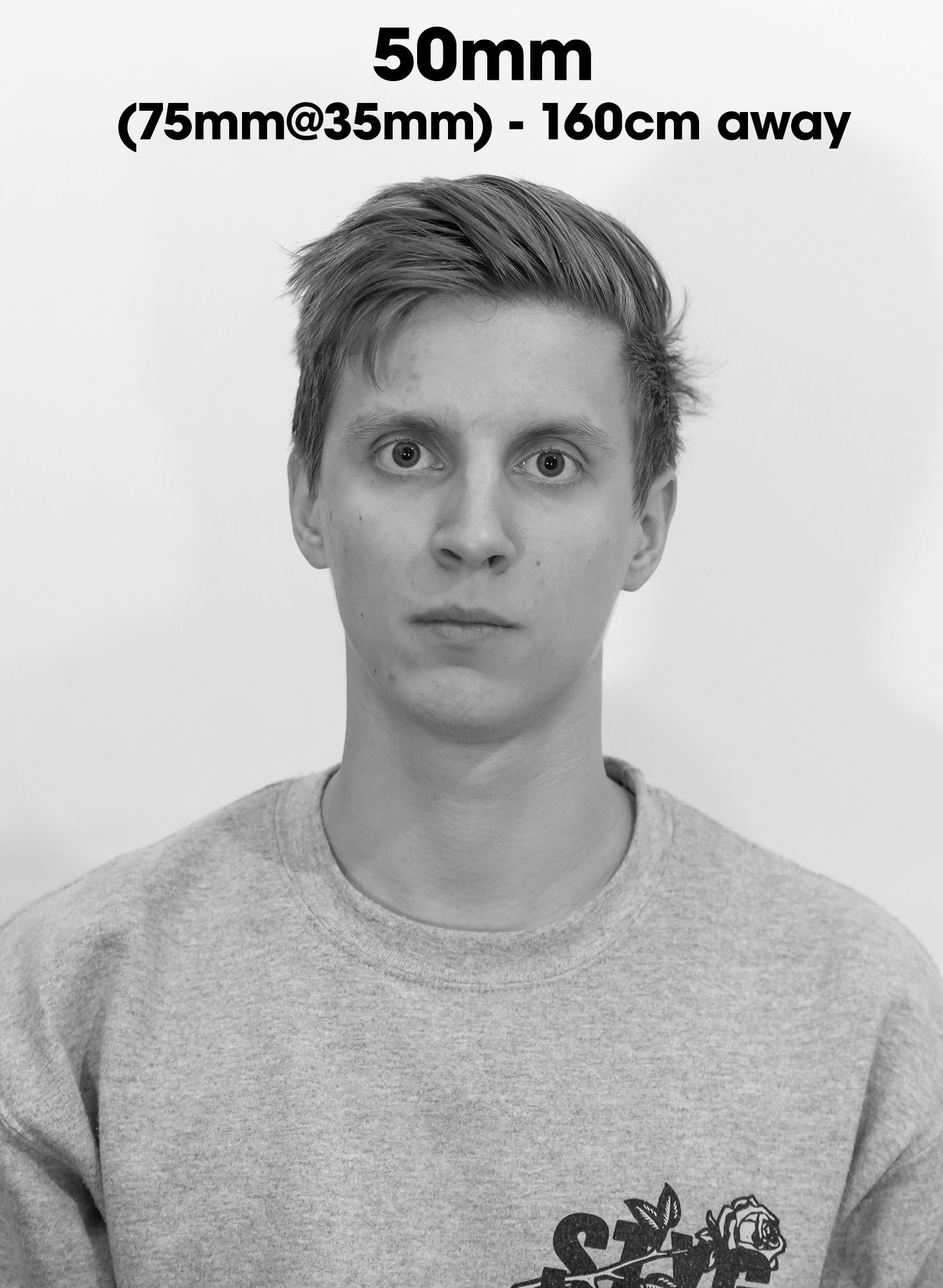 | Using at Sigma 50 - 100mm lens @50mm with a Sony Alpha 6300. |
A lot of people take portraits with 50mm lenses. It makes sense, as it is the most common focal length and pretty much any photographer owns a 50mm lens. Just know that it is not the best tool for a classical portrait, but you also could do worse.
35mm - (actually 52,5mm @ 35mm Sensor) – Distance of 80cm
| Picture | Information |
|---|---|
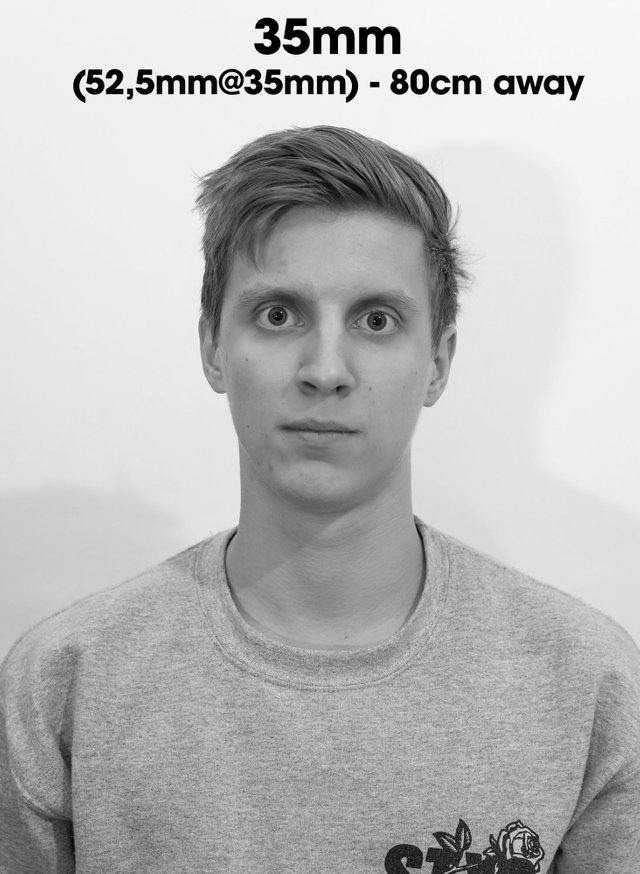 | Using at Sigma 35 - 18mm lens @35mm with a Sony Alpha 6300. |
24mm - (actually 36mm @ 35mm Sensor) – Distance of 50cm
| Picture | Information |
|---|---|
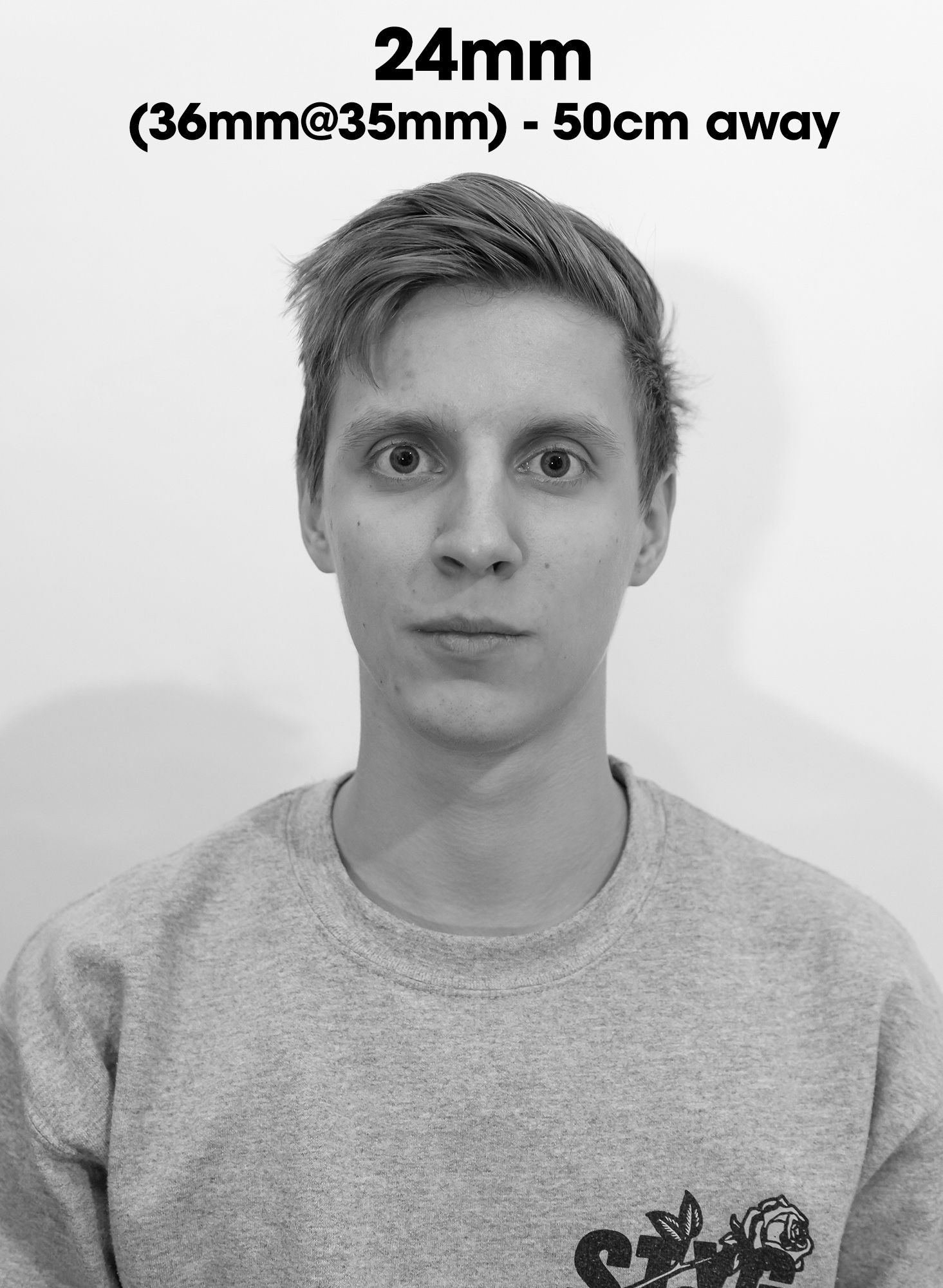 | Using at Sigma 35 - 18mm lens @24mm with a Sony Alpha 6300. |
18mm - (actually 27mm @ 35mm Sensor) – Distance of 35cm
| Picture | Information |
|---|---|
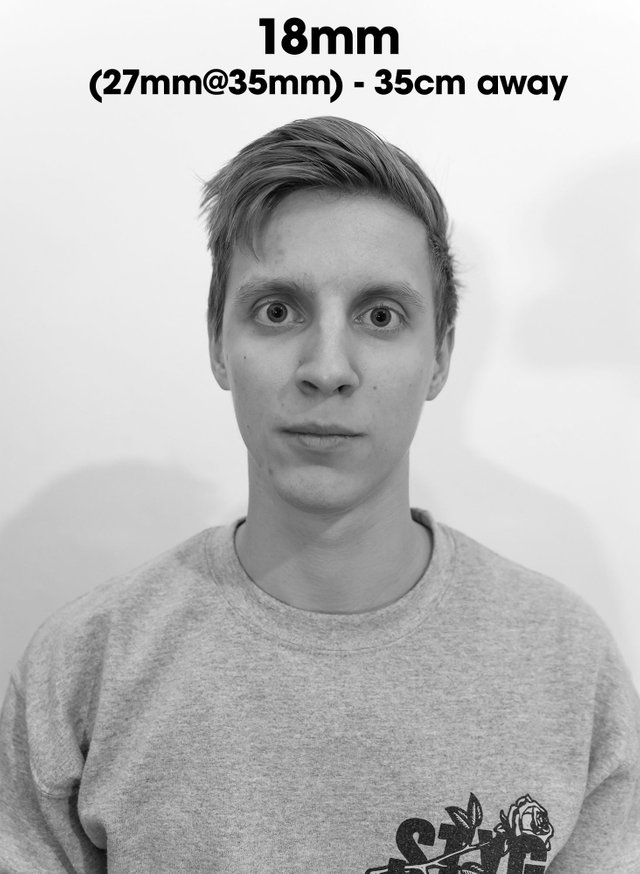 | Using at Sigma 35 - 18mm lens @18mm with a Sony Alpha 6300. |
12mm - (actually 18mm @ 35mm Sensor) – Distance of 20cm
| Picture | Information |
|---|---|
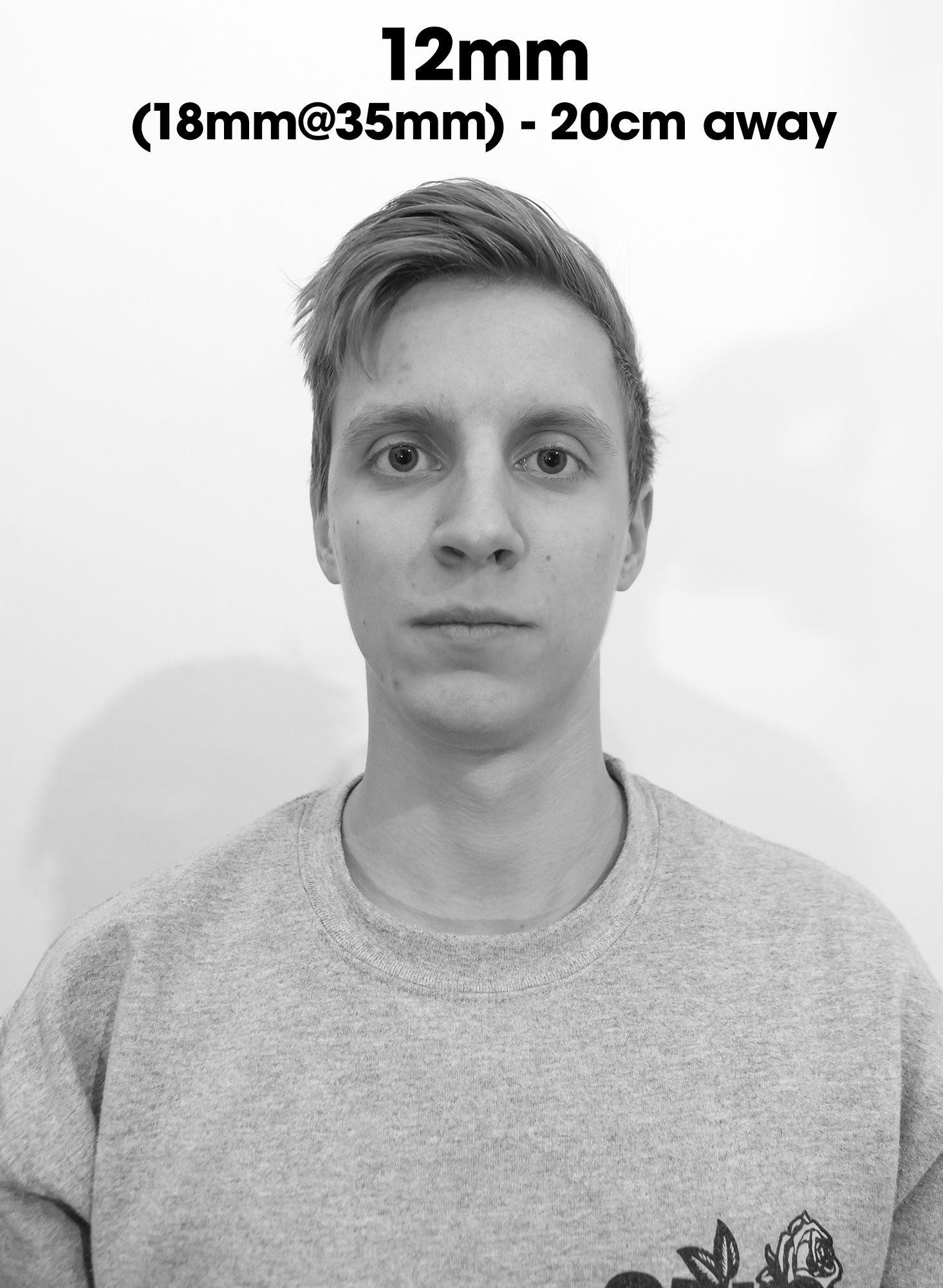 | Using at Samyang 12mm lens with a Sony Alpha 6300. |
Well this is basically just bananas. You probably should go to an eye specialist If you can’t see that this doesn’t seem right. The distortion is already so high that I kind of start to look more like a frog than a human being. Additionally, the short distance of only 20cm is extremely unformattable, both for the photographer and the model.
Conclusion
The focal length not only defines the field of view but also kind of determines how objects in the frame are displayed. With a high focal length, the picture looks “compressed” which resorts into a pleasing look for traditional portraits. Wide-angle lenses exaggerate distances, even tiny differences become very noticeable. For a classical portrait you should probably use a lens with more than 100mm but that doesn’t mean that you can not use any shorter focal lengths for creative or special portraits. All I want you to know is why this is happening.
I hope you enjoyed my first post of this series. I am looking forward to here you critique. If this post helped you in anyway or was informative for you I would really apricate if you would leave a vote or a comment. Hope to hear from you guys soon. So please fellow Steemits, take some photos!
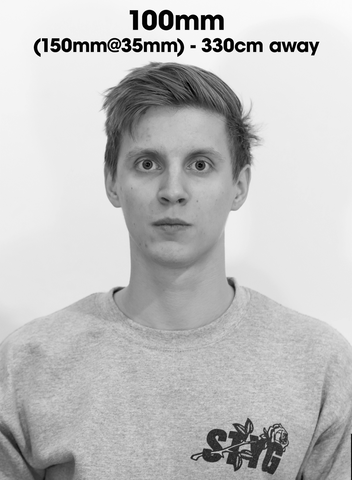
Great and very informative introduction I'm amazed so I welcome you to this awesome platform and you have a nice day!
I thank you for your very nice comment. I wish you a nice day as well, greetings from Vienna.
The animated gif is really WOW
Thank you! I think it illustrates the topic quite good. But now you get the idea what I am trying to teach here :)
Wow, that was really helpful. Thank you very much for your post :)
Thank you so much, that means really a lot to me.
Gerne doch. Grüße nach Österreich :)
It's quite impressive that a person can look so different after changing some camera settings!
isnt it? I also thought the same. Its the difference between an average human and a cartoon character. But to be precise, it is not the camera settings but the parameters of the lens that are changed.
Thanks for your comment!
Think how cool the image will distory as you start messing with the f-stops and the shutter speeds... so much fun!
Or when you start tilting the wide-angle lenses up and down. There are just too many possibilities and variables. Such an interesting topic!
hi welcome to steemit i hope you will realize all your projects
I am also new on steemit so come see my introduceyourself @kelos
Thanks a lot :) I really enjoyed your introduction post.
This was pretty insightful and made all those years in Media Production suddenly click for me. I was never much for still shots, more of video nerd so for my purposes, this helps me set up my shots better.
Welcome to Steemit!
Thanks for your comment. Sometimes working with something everyday can make you blind for certain aspects. It also happens to me. I am glad that this helped you. I am also going to do some posts regarding video production, because its actually more my area of expertise.
I look forward to those posts!
Hi @lichtcatchtoby thanks for sharing your photography tips. I am a photography hobbist myself, user of a Canon DSDL, and find this information useful. I added you onto my Steemit follower list, hope you enjoy my post contents and stay connected! :)
Being a photographer, i can appreciate how hard it is to even find a starting point for giving people an overall series of tips. You chose and interesting subject and explained it well. Looking forward to more!
I thank you very much for your detailed critique. That means really a lot to me. I hope I can deliver some useful tips in the future as well.
@originalworks
Congratulations @lichtcatchtoby, this post is the second most rewarded post (based on pending payouts) in the last 12 hours written by a Dust account holder (accounts that hold between 0 and 0.01 Mega Vests). The total number of posts by Dust account holders during this period was 7846 and the total pending payments to posts in this category was $2682.77. To see the full list of highest paid posts across all accounts categories, click here.
If you do not wish to receive these messages in future, please reply stop to this comment.